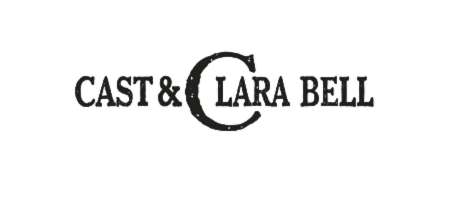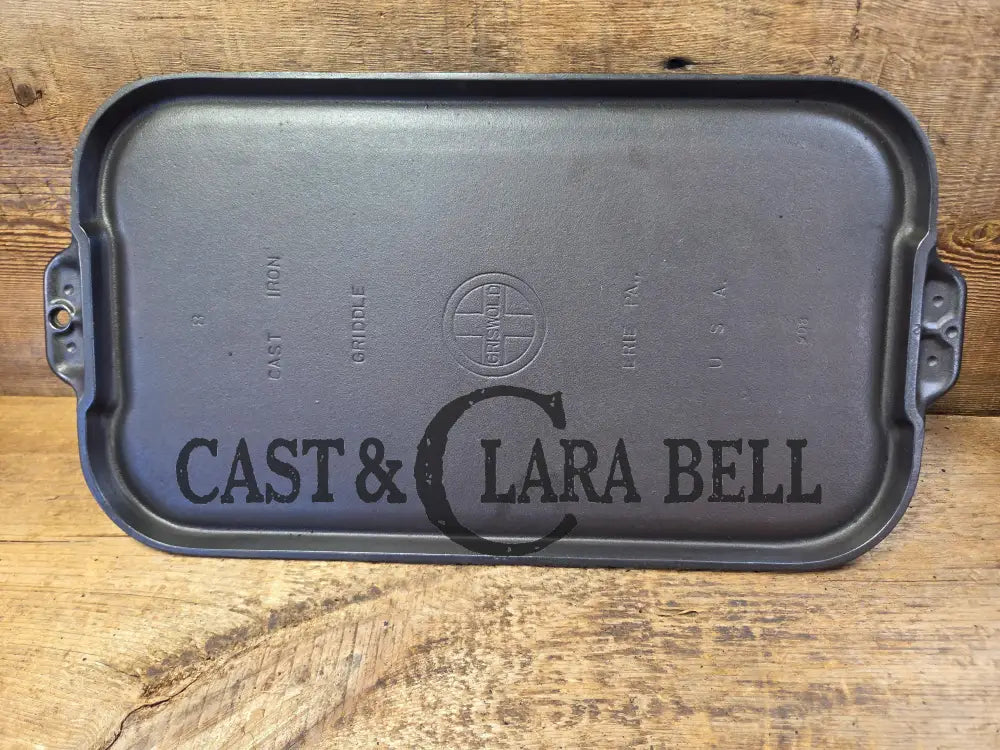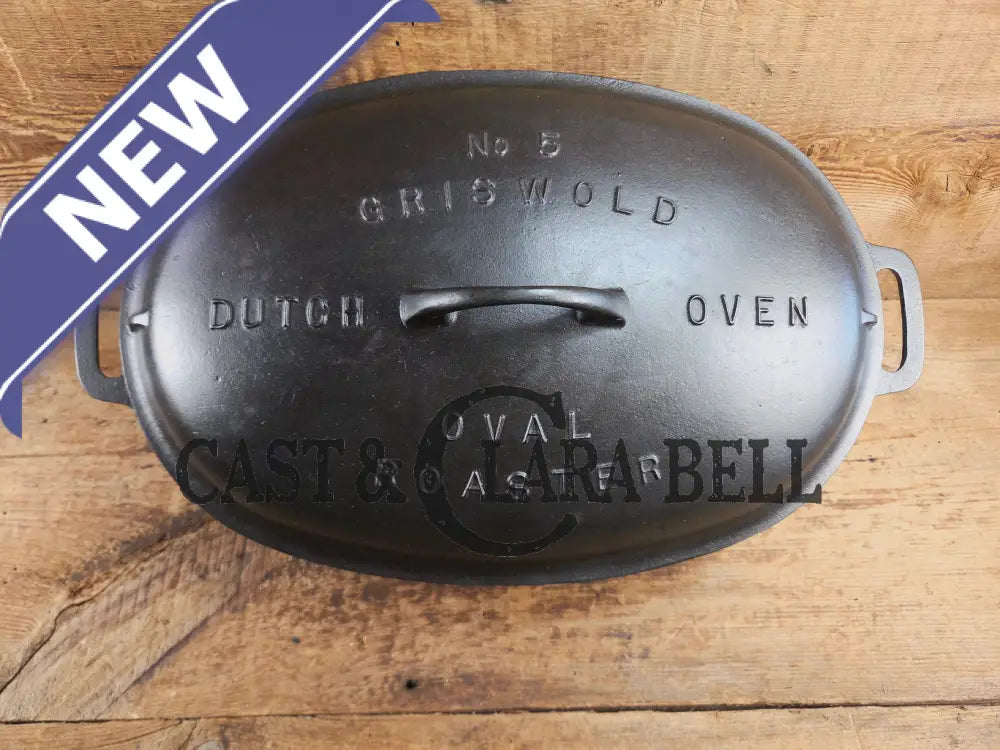Why Are Some Vintage Cast Iron Pieces So Expensive?
The cost question of vintage cast iron — or rather, why one piece is more expensive than another — is something every collector or home cook has asked at some point. As beginners, there’s a lot to learn about cast iron value and why certain skillets, Dutch ovens, or gem pans cost hundreds (or thousands) more than others.
I’m still learning every day. Pricing trends shift year to year, and demand fluctuates. So in this article, I’ve broken down cast iron pricing into two categories: rare cast iron pieces and common but expensive pieces. We’ll explore both and hopefully leave you with a clearer view of what drives the value of vintage cast iron cookware.
Rare Cast Iron Pieces
Examples like the Griswold 411 skillet, any #2 skillet, the Erie “Spider” logo #8, or the Griswold #50 Hearts and Star Gem Pan are often priced in the thousands — if you can even find one. For the everyday home cook who simply loves using cast iron, these pieces are practically mythical.
But for serious collectors building complete sets or curating displays, these pieces are considered hard to find — not impossible. Rarity, like beauty, is often in the eye of the collector. What’s rare to a beginner might be relatively common to someone who has been searching for years.
That said, many rare cast iron pans are pricey because they were produced in limited quantities, often due to low demand. Take the #50 Gem Pan — adorable and unique, sure — but not very useful in the kitchen. The same goes for the #19 Golf Ball pan. These were novelties that never took off in popularity, so few were made. Today, they’re rare, but still not always practical for cooking.
Another example is the Griswold #13 skillet. Because “13” is seen as an unlucky number, and few families in the early 1900s needed a size between #12 and #14, it was produced far less frequently. That scarcity now drives prices way up.
Common Cast Iron — But Still Expensive?
Not all expensive pieces are rare. Some are relatively common in form but still command a high price due to three key value drivers:
1. Age
Age adds historical value. Lodge, the longest-standing American cast iron foundry, has been producing cookware since the late 1800s. Their early “Arc” logo skillets are highly sought after. Completing a full Arc set — especially with rare sizes like the #14 — is nearly impossible, and that rarity boosts the price significantly.
2. Look
Let’s be honest — appearance drives demand. For example, Griswold’s large block logo is far more desirable than the small block version. Same maker, same function — but that bold display logo makes all the difference. Similarly, the highly collectible (and pricey) Wapak Indian Head skillets are valued more for the eye-catching design than their comfort or usability. Personally, I don’t enjoy cooking with them — the handle design just doesn’t work for me. But their price reflects popularity, not performance.
3. Availability
Availability — or lack thereof — impacts pricing. When foundries produced cast iron, they didn’t manufacture equal quantities of each size. Skillets like sizes #2, #7, #11, and #13 are harder to find because fewer were made. That means collectors must hunt for these pieces to complete their sets, driving demand (and price) higher.
It’s the same with Dutch ovens. Anything above a size #8 becomes much harder to find and much more expensive. A #9 or #10 Dutch oven jumps in price quickly. Waffle irons follow a similar trend — size 8 is the most common, while sizes 6, 7, or 9 are much rarer.
Final Thoughts: Price Doesn’t Always Equal Performance
We’ve started publishing pricing charts in our FAQ section to help guide buyers through the landscape of vintage cast iron values.
But here’s the big takeaway: just because a pan is expensive doesn’t make it better. Some of our absolute favorite pieces have no logos at all. They heat evenly, cook beautifully, and were clearly made to do a job — not just look good doing it.
So whether you're spending $45 or $450, the best cast iron piece is the one that fits your hand, your stove, and your cooking style.
Enjoy the cook!
– Cast & Clara Bell






